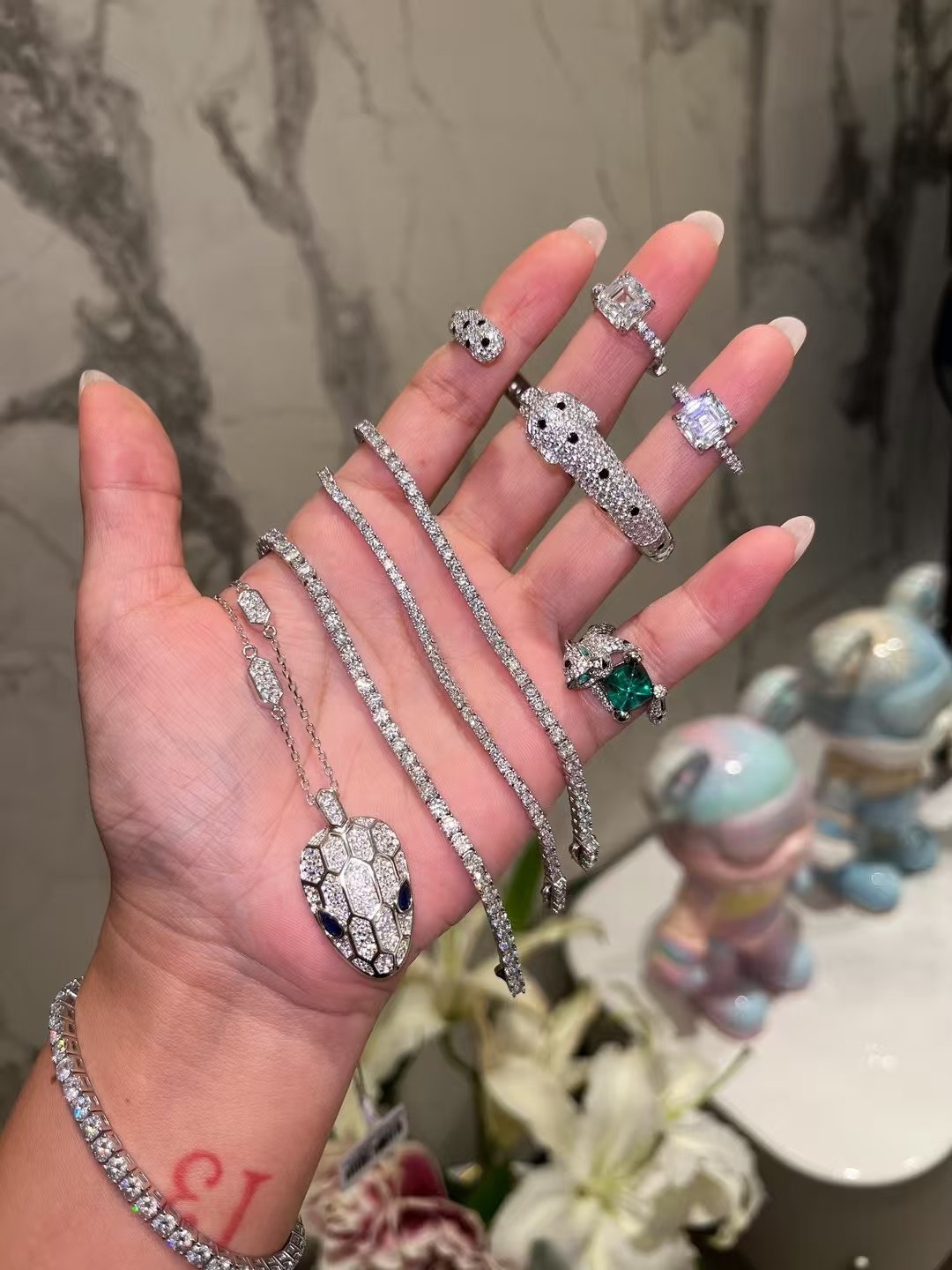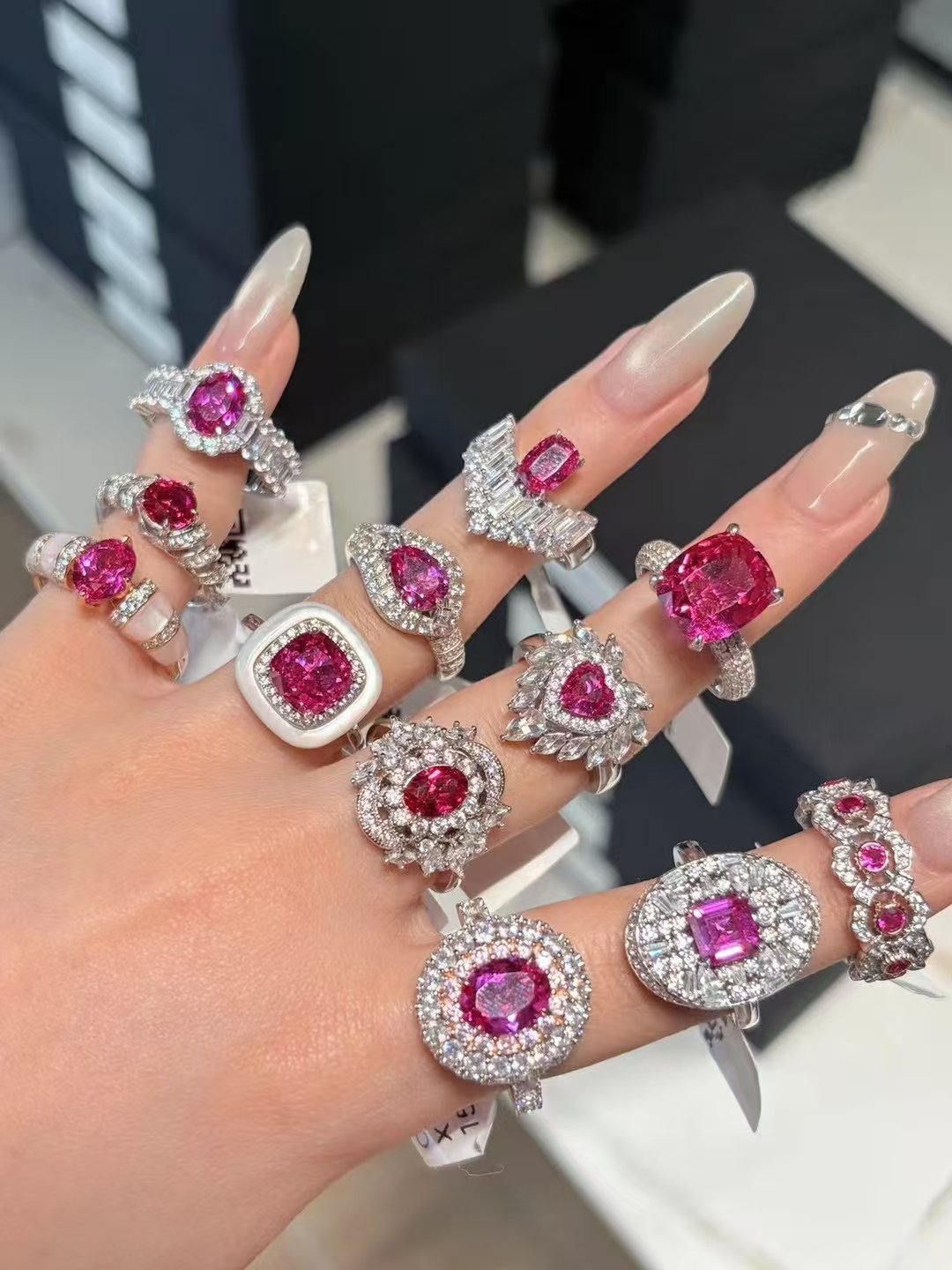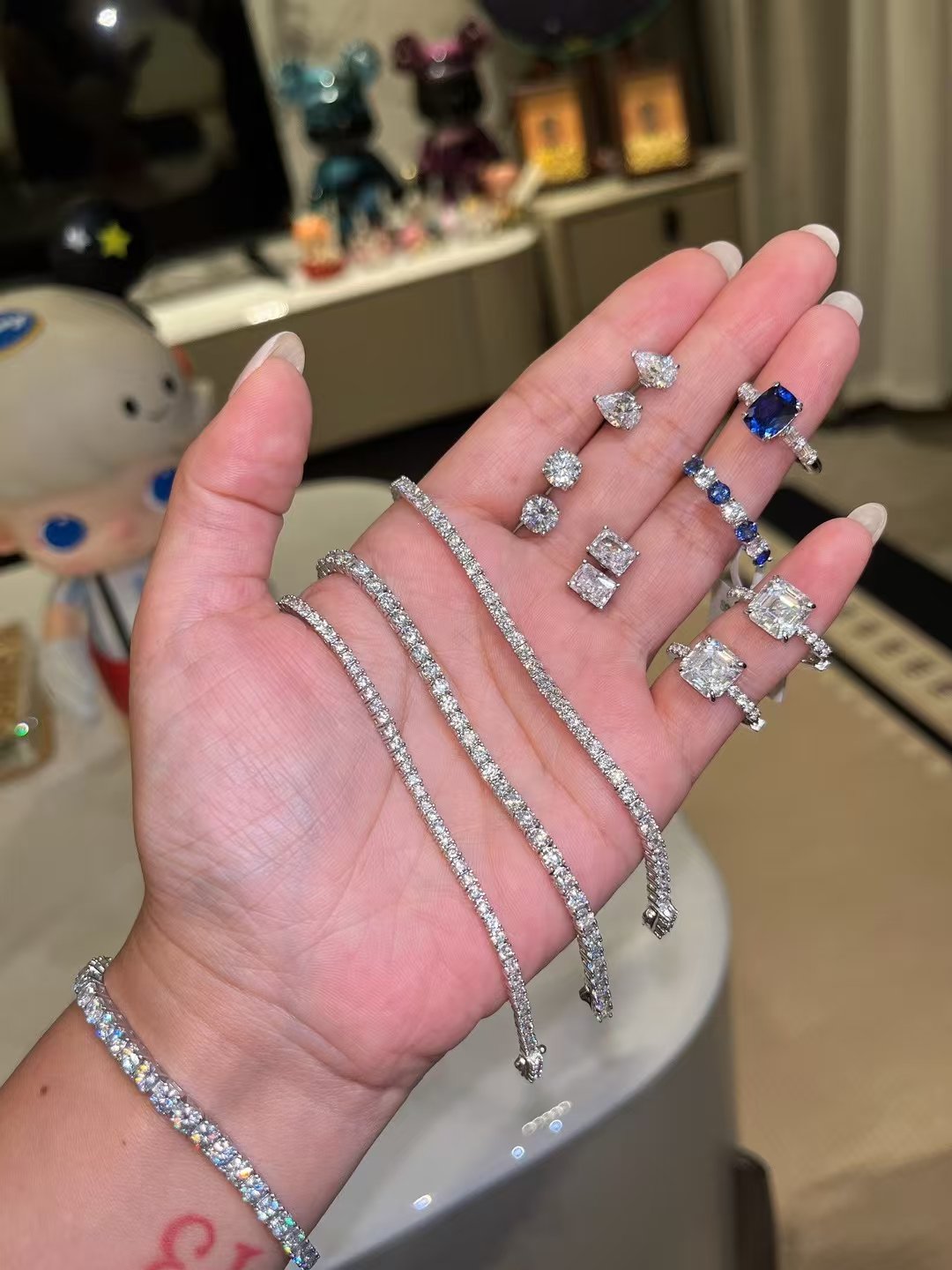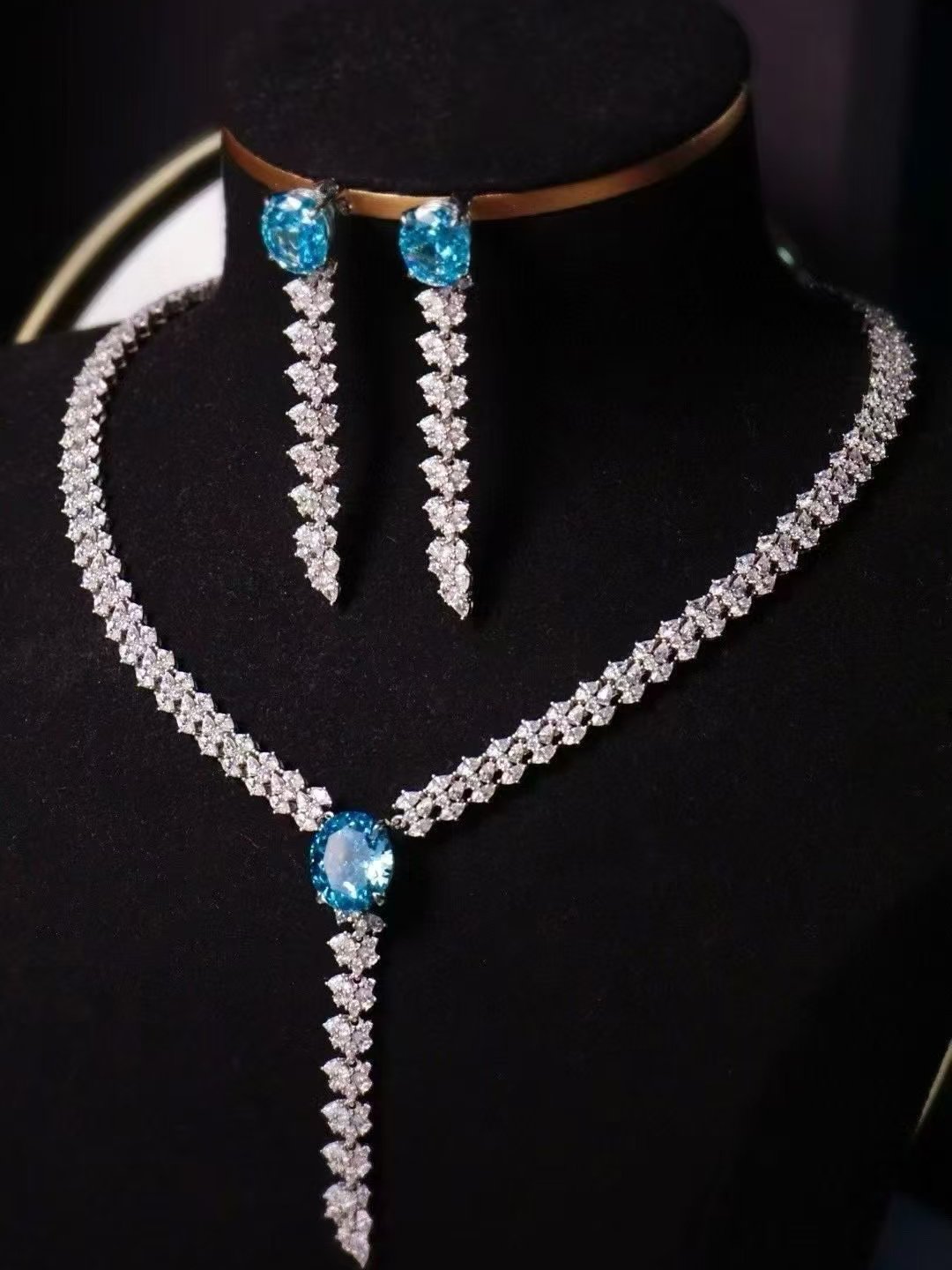Everyday Jewelry Maintenance: Simple Steps for Stunning Accessories
Jewelry is not just an accessory; it tells a story, adds flair, and enhances our personal style. However, without proper care, even the most beautiful pieces can lose their luster. Regular maintenance can keep your jewelry looking stunning, ensuring it remains a part of your wardrobe for years to come. Here’s a guide to everyday jewelry maintenance that will help you preserve your favorite accessories.
1. Clean Your Jewelry Regularly
Why Clean?
Exposure to dust, oil from skin, and environmental pollutants can dull the shine of your jewelry. Regular cleaning helps to restore its original brilliance.
How to Clean:
- Gentle Soap and Water: For most metals (like gold or silver), a mixture of mild dish soap and warm water can do wonders. Use a soft toothbrush to scrub intricate designs gently.
- Specialized Cleaners: For gemstones or delicate pieces, opt for cleaners specifically designed for those materials. Read the instructions carefully.
- Avoid Harsh Chemicals: Stay away from bleach or abrasive cleaners, as they can damage your pieces.
2. Store Your Jewelry Properly
Why Storage Matters
Jewelry can easily scratch, tangle, or tarnish if not stored correctly. The way you store your pieces can significantly extend their lifespan.
Storage Tips:
- Use a Jewelry Box: A dedicated jewelry box with compartments can keep pieces separated to prevent scratches and tangling.
- Soft Pouches: For more delicate items, consider using soft fabric pouches. This is particularly helpful for pearls and soft stones.
- Avoid Humidity: Store your jewelry in a cool, dry place. Humidity can accelerate tarnishing; consider silica gel packets in your storage.
3. Avoid Exposure to Harsh Elements
What to Avoid
Jewelry can be sensitive to various elements, including:
- Perfumes and Lotions: Apply cosmetics before putting on jewelry to prevent chemical reactions.
- Chlorine and Saltwater: Remove jewelry before swimming or bathing to avoid tarnishing and damage.
- Exercise: Sweat can cause damage, especially to silver pieces; consider taking off jewelry during workouts.
4. Inspect and Repair
Regular Checks
Make it a habit to regularly inspect your jewelry for signs of wear and tear. Look for loose stones, worn clasps, or any signs of damage.
When to Repair:
- Loose Settings: If a stone feels loose, take it to a jeweler for tightening.
- Broken Chains: A broken chain can usually be easily fixed. Don’t wait for it to get worse.
- Tarnish Removal: If you notice heavy tarnish build-up, a professional cleaning or polishing might be necessary.
5. Rotate Your Collection
Why Rotate?
Wearing the same pieces repeatedly can lead to faster wear. By rotating your jewelry, you allow pieces to rest, preventing overstress on individual items.
How to Rotate:
- Create a Weekly Plan: Set a schedule for wearing different pieces throughout the week.
- Focus on Versatility: Invest in versatile pieces that can be styled in multiple ways for different occasions.
6. Know Your Pieces
Understand Your Jewelry
Knowing the materials and specific care instructions for each piece can help maintain their quality. For instance, some stones, like opal or emerald, require more care than others.
Research and Record
- Documentation: Keep any certificates of authenticity or care instructions provided by the jeweler. Note any special cleaning procedures or restrictions.
- Learn About Each Gem: Familiarize yourself with the unique properties and care tips for your jewelry pieces.
Conclusion
Taking care of your jewelry doesn’t have to be a daunting task. With these simple steps, you can keep your accessories stunning and wearable for years to come. Regular cleaning, proper storage, and mindful usage are key elements in ensuring that your jewelry retains its beauty and charm. So go ahead and adorn yourself with confidence, knowing your treasured pieces are well cared for!









